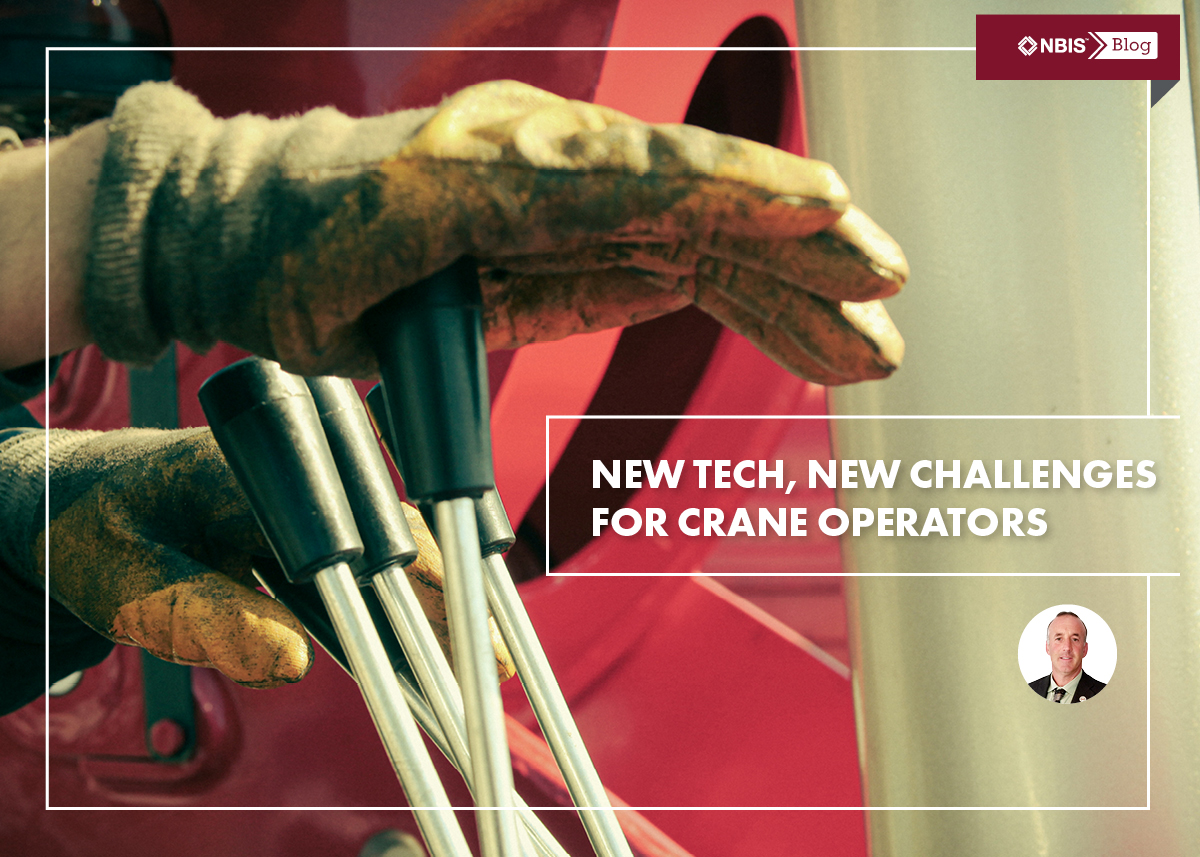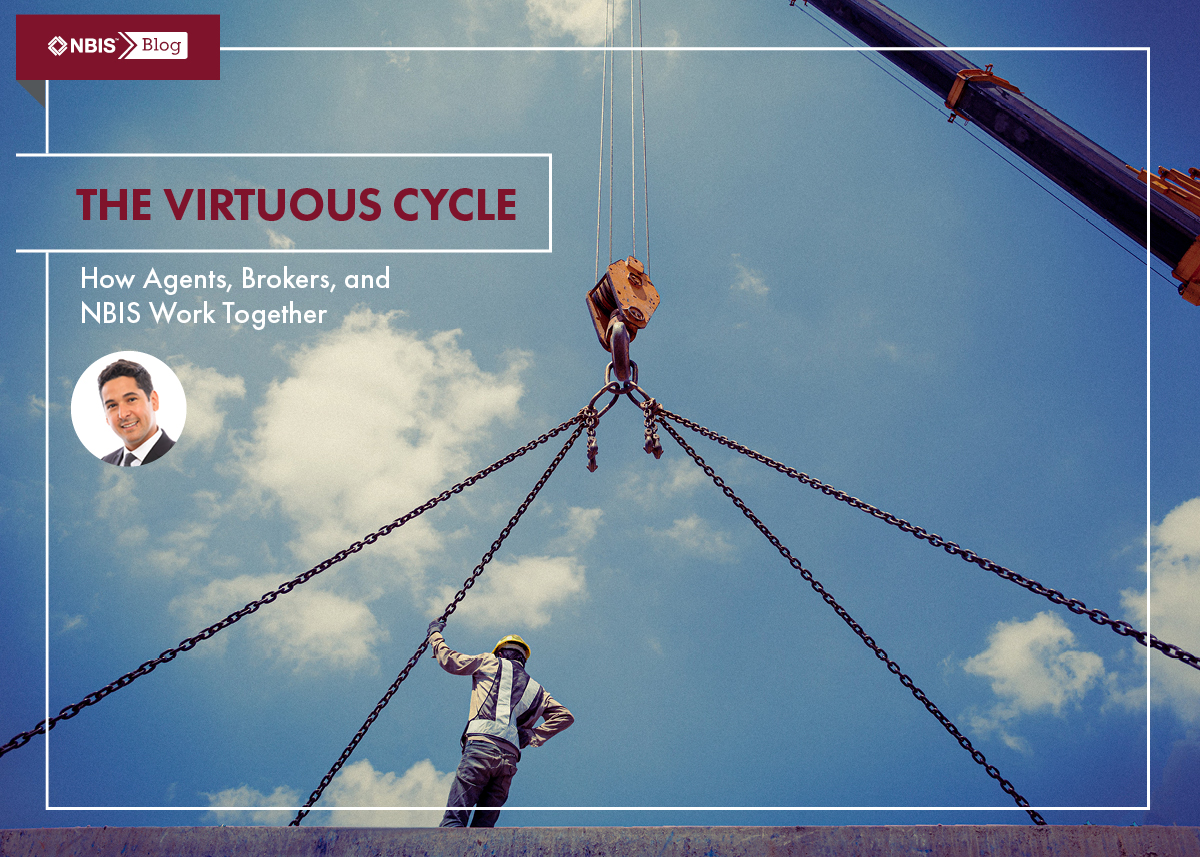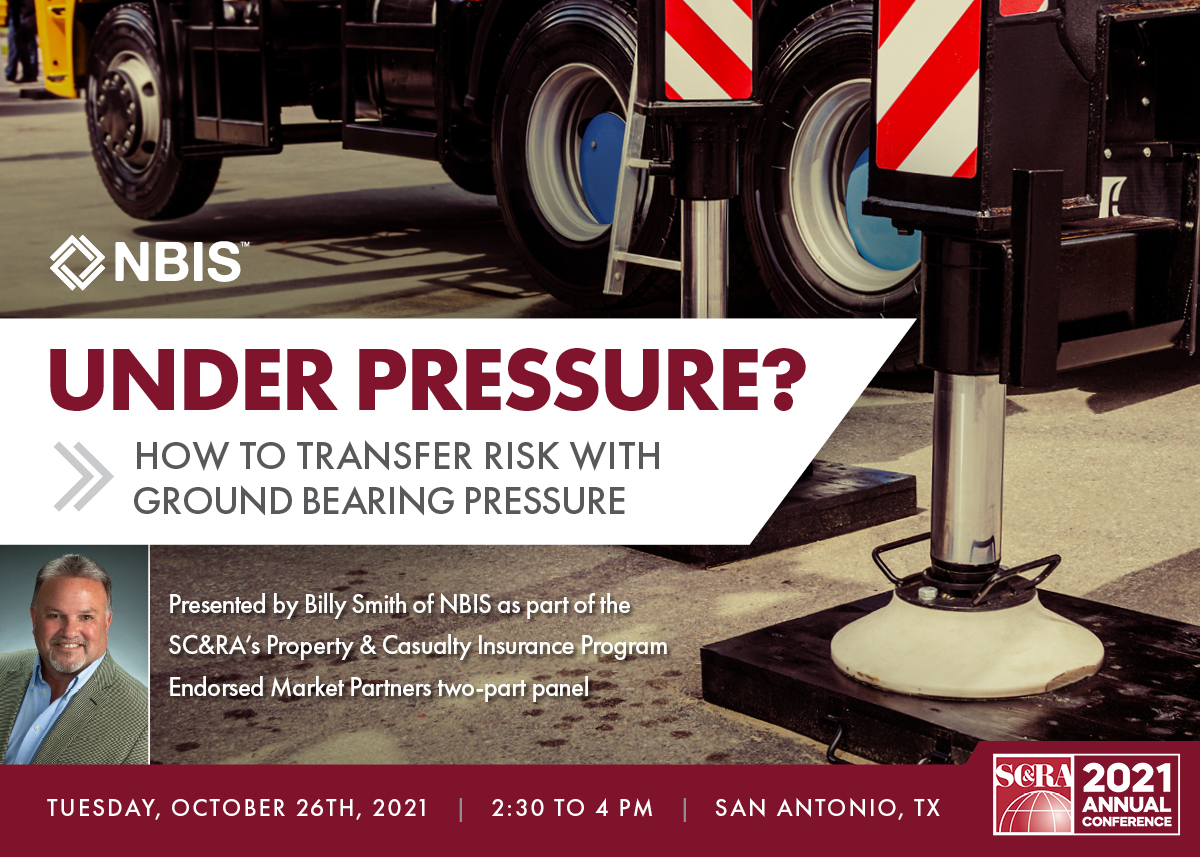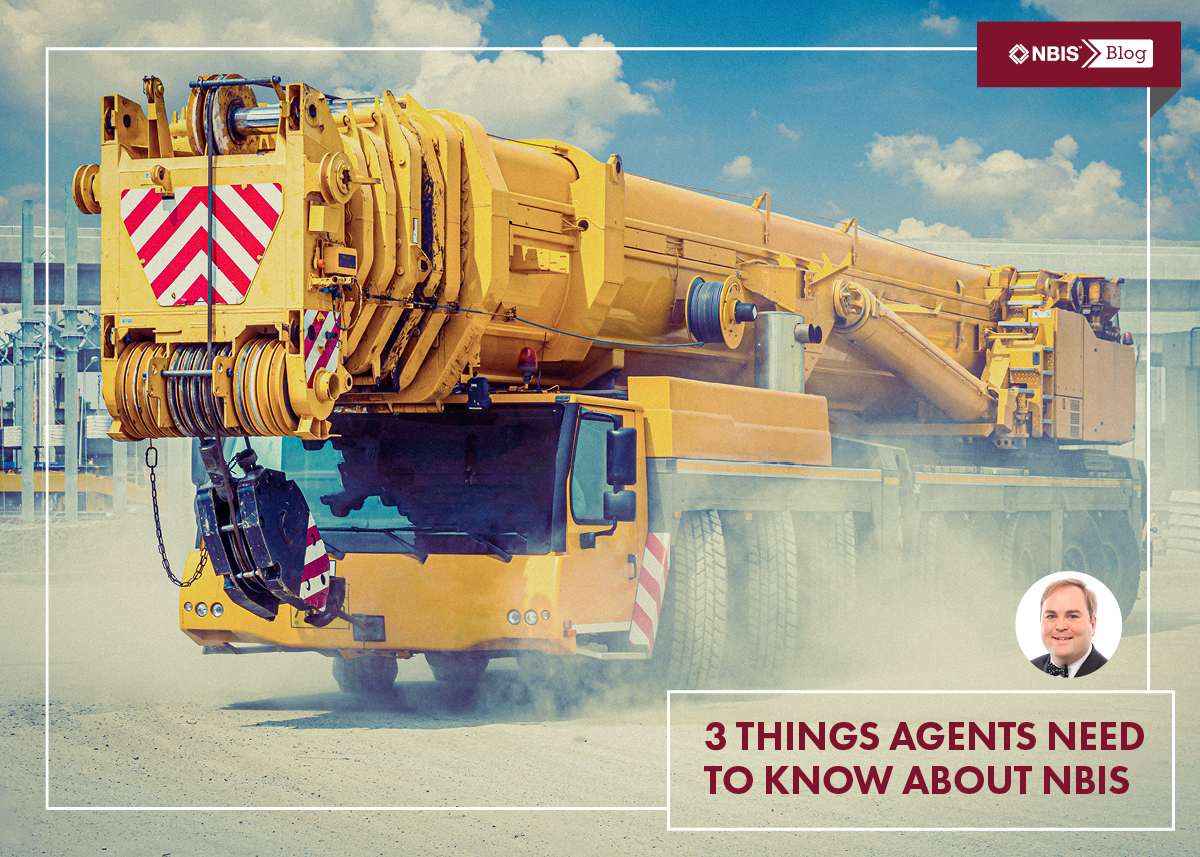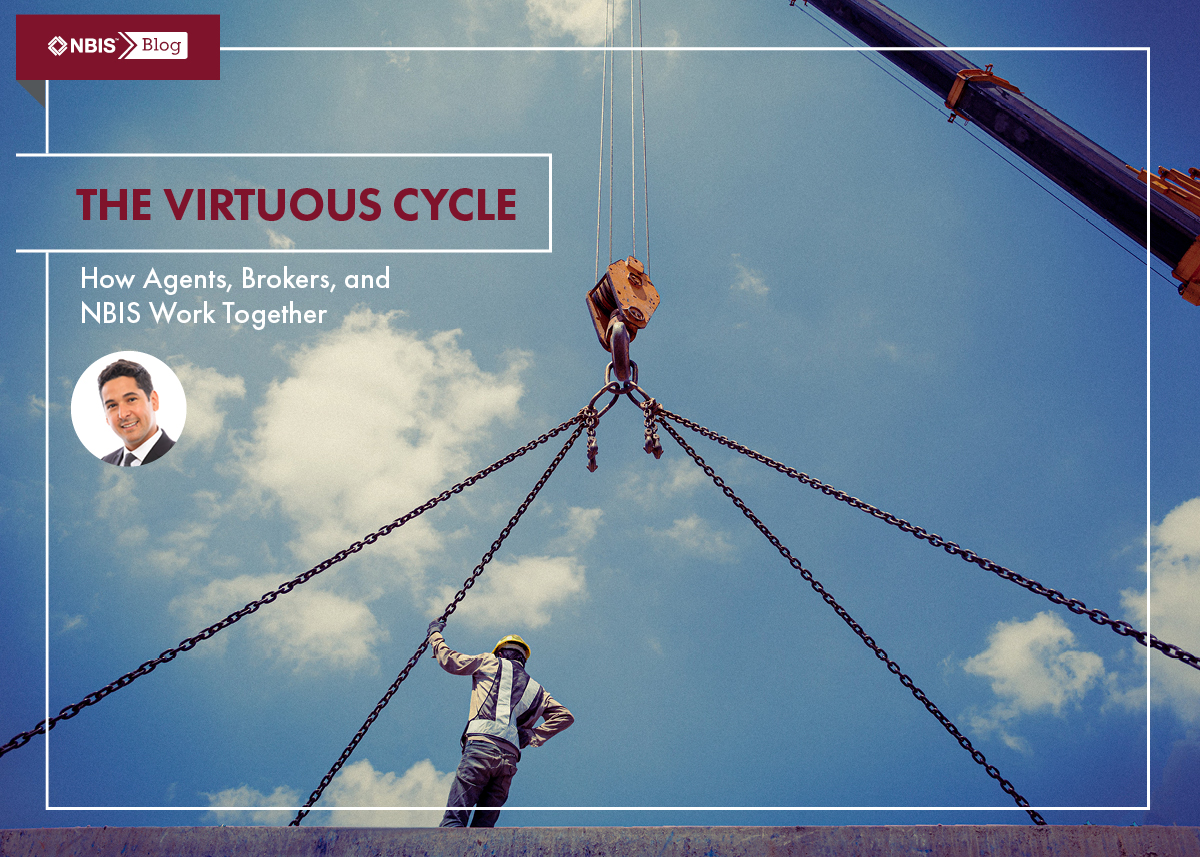Jason Baynard addresses exposures and the right coverage in regard to care, custody, and control.
This article originally appeared in the September 2021 issue of American Cranes & Transport magazine.
Regular readers of this column will know that we at NBIS are known for emphasizing the importance of having the right insurance for your business. Because we work exclusively with companies in the crane and rigging, concrete pump, and specialized transportation industries, we are well-versed in navigating the complexities of delivering the most optimal coverage for your unique business. One thing we’ve seen time and again with our insureds is the need to address bailee coverage, also known as care, custody, and control coverage, or CCC.
The average consumer will be well-acquainted with examples of a bailor/bailee situation. If you take your car to a mechanic for service, you are the bailor (as the owner of the car) and your mechanic is the bailee (as the entity that takes it into their possession for service). What happens if your car is damaged while at the mechanic’s garage? Who is liable for any losses or damages incurred? Bailee coverage addresses scenarios like these, and is essentially analogous to the term more aligned with insurance for the heavy construction industry, which is CCC.
Defining CCC
Care is when your company is temporarily in possession of or responsible for watching over another person or company’s property (known as third-party property).
Custody is when you are responsible for safeguarding the property.
Control is when you have power or authority over the property.
Note that not all three of these need to be true in order for an exposure to be considered CCC. And, be aware that CCC refers only to personal property, not real property such as buildings or permanent structures.
Let’s say your company is a crane and rigging operation that routinely takes customer (third-party) property into its possession. As part of a job, you agree to receive a drop-shipped HVAC unit from an OEM and hold it at your yard or warehouse for a customer until it is ready to be lifted, transported to, and then installed at its final destination at the customer’s facility. In this scenario, you will be temporarily in possession of third-party property – the HVAC unit belonging to your customer.
If your business operates in a way where even one element of this example sounds familiar to you, then getting up to speed on the necessity of CCC coverage is non-negotiable. Your company has to ensure that your insurance policy covers exposures arising from any loss or damages of customer property during any part of this process – storage, lifting, transporting, or installation.
Addressing CCC Coverage Through General Liability
There are a number of ways CCC exposures can be handled, depending on the nature of the exposure. The first is through a general liability (GL) policy. GL policies inherently exclude real and personal property, but NBIS and other markets in this space will often add an endorsement to the GL policy that will allow the CCC to apply to third-party items held on behalf of others.
The benefit of addressing CCC coverages through the GL policy is that not only could your GL policy respond in the event of a loss, the CCC (or often Riggers Liability) can flow through the lead 5M excess, or 5×5 depending on project-specific needs and contractual requirements. Instead of containing your CCC exposure to your million-dollar occurrence limit on the GL policy, if your Excess policy is a Follow Form policy there may be coverage above the primary $1M for an occurrence. However, you and your agent need to understand both policies and related impacts in a claims scenario.
While addressing CCC under general liability coverage is an option, be aware that it can create unintended exposures. GL policies by default typically do not, for example, cover temporary storage of items – so if your crane company is temporarily storing that HVAC unit, depending on your exact GL coverage and endorsements, you might not be covered in the event of loss or damage to that third-party property. GL also wouldn’t cover damages incurred during an over-the-road haul.
Essentially, the general liability coverage is often just that – general. It’s up to you to ask the right questions of your insurance agent and provider to determine if this is the right choice for you.
Addressing CCC Coverage Through Inland Marine
If addressing your CCC exposures through GL isn’t right for your company, the other method through which CCC coverages are typically addressed is through five main forms that fall under the banner of inland marine insurance. You’re already familiar with inland marine, which covers products and equipment when transported over land by train or truck or when temporarily warehoused by a third party. These five forms are rated and independent CCC coverages.
- Riggers Liability Insurance — insurance for a contractor’s liability arising out of the moving/storing of property and equipment that belongs to others, such as lifting air-conditioning units onto a roof with a crane. (Third-party exposure)
- Installation Floater — covers personal property installed, fabricated or erected by a contractor. It covers the property until the installation work is accepted by the purchaser or when the insured’s interest in the property installed ceases. (First-party and third-party exposures)
- Motor Truck Cargo — provides coverage on the freight or commodity hauled by a for-hire trucker. It covers liability for cargo that is lost or damaged due to causes such as fire, collision, or striking of a load.
- Warehouse Legal Liability — insurance for warehouse storage operations. It helps cover a business as a bailee, or in other words, a business entrusted with the property of another, for direct physical loss or damage of property that happens during storage, cross-docking, packaging, labeling or other services provided by the bailee.
- Real Property — provides protection against most risks to property, such as fire, theft and some weather damage. This includes specialized forms of insurance such as fire insurance, flood insurance, earthquake insurance. It is meant to protect the investment insured made in their business property (BPP), including office space, tools, equipment, inventory, and other property (PPO) that they use to run their business.
As you can see, the approach to addressing CCC coverage through the inland marine avenue is more detailed and offers coverages that deal with specific situations frequently experienced by companies in our industry. That said, the key takeaway here is that it’s important to be aware of the exposures triggered by CCC situations and ask the right questions of your agent and insurer. Insurance for companies in our industry is never one-size-fits-all. Make sure you are up to speed on your unique exposures and how to address them. NBIS can help. Visit NBIS.com or contact us at (866) 668-6247 today.


